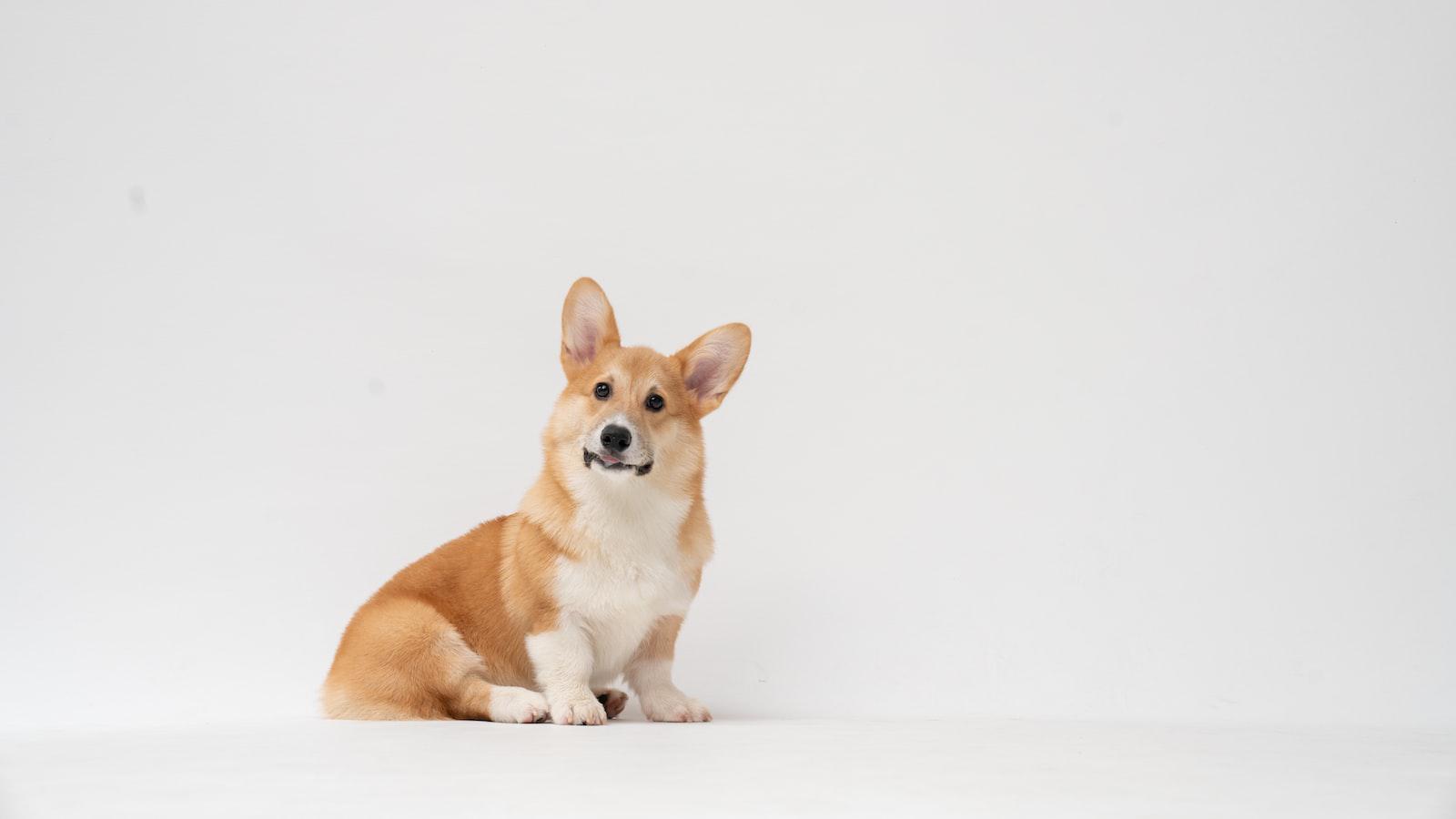Have you ever noticed your dog getting peculiar lumps forming under their skin?
It’s a question that has puzzled many pet owners, and this article will answer the question: Why do dogs get lumps under their skin?
Why do Dogs Get Lumps Under Their Skin?
Just like humans, dogs can also experience a range of health issues.
One common concern that many dog owners may come across is finding lumps under their furry friend’s skin.
These lumps, known as subcutaneous masses, can be quite alarming.
There are several reasons why dogs can develop lumps under their skin. Some of the common causes include:
Lipomas
Lipomas are benign fatty tumors that often develop in older dogs.
These lumps are usually soft to the touch and can be easily moved under the skin.
While lipomas are generally harmless, it’s still important to have them examined by a veterinarian to rule out any other potential health concerns.
Abscesses
Abscesses occur when bacteria enter the body through a wound or infection.
These lumps are usually filled with pus and can be hot, painful, and red.
Immediate veterinary attention is crucial to prevent the infection from spreading and causing further complications.
Cysts
Cysts are pockets of fluid that can form under a dog’s skin.
They are often non-painful, but they can grow in size over time.
While some cysts may not require immediate treatment, it’s always a good idea to have them evaluated by a veterinarian to determine the best course of action.
In some cases, skin lumps in dogs can be a result of allergic reactions.
Just like humans, our furry friends can experience allergies to certain foods, external parasites, or environmental factors.
These allergies can manifest as small, itchy bumps beneath the skin.
If you notice your dog scratching or licking excessively, it could be a sign of an allergic reaction.
Consulting with a veterinarian can help identify the allergen and provide appropriate treatment options to alleviate your pet’s discomfort.
In the worst cases, lumps on a dog’s skin may be signs of a more serious condition, such as a malignant tumor.
While it’s natural to worry about the worst-case scenario, keep in mind that not all lumps are cancerous.
However, it’s still important to have any suspicious or rapidly growing lump evaluated by a veterinarian.
They may recommend further testing, such as a biopsy, to determine the nature of the lump and the appropriate course of action.
Treating Benign Skin Lumps in Dogs
If your dog has benign skin lumps underneath fur, don’t fret!
There are several effective treatment options for these benign skin lumps in dogs.
While some lumps may not require any treatment at all, others may need to be surgically removed if they become large or interfere with your dog’s daily activities.
Your vet may also recommend a fine needle aspiration, which involves extracting cells from the lump with a thin needle and examining them under a microscope.
In some cases, certain medications or prescription diets can also help shrink or prevent the growth of these benign lumps.
When Should Dog Owners be Worried about a Skin Lump?
A skin lump on your dog can be a cause for concern.
While it’s completely normal for dogs to occasionally develop lumps, it’s important to keep an eye on them and monitor any changes.
These lumps, also known as cutaneous masses, can vary in size, shape, and texture, and may appear anywhere on your furry friend’s body.
But when should you, as a responsible dog owner, be worried about these skin lumps?
There are a few key factors to consider when evaluating whether your dog’s skin lump requires immediate attention:
Size: If the lump is rapidly growing or exceeds the size of a pea, it’s best to consult your veterinarian.
It’s important to remember that size isn’t the only indicator, as some malignant masses can be small but aggressive.
Pain or discomfort: Observe your dog’s behavior.
If they seem to be experiencing pain or discomfort, or if the lump is causing them to excessively scratch or lick the area, it’s crucial to seek veterinary advice.
Changes in appearance: Monitor the lump for any changes in color, shape, or texture.
If it becomes ulcerated, oozes fluid, or starts bleeding, it could be an indication of a more serious issue.
Regular check-ups allow veterinarians to monitor any changes in your dog’s health, including the presence of lumps under their skin.
Early detection of these lumps is essential as it can help identify potential health issues before they escalate.
It’s important to remember that not all lumps are harmful, but they should always be examined by a professional to ensure your dog’s well-being.
So, be sure to schedule those regular check-ups and give your furry companion the care they deserve!
Remember, it’s always better to be safe than sorry when it comes to your furry companion’s health!
FAQ
Q: What causes these lumps?
A: Well, there can be several reasons behind those peculiar lumps your dog might develop under their skin.
The most common cause is the formation of fatty tissue called lipomas.
These lipomas are innocuous and typically found more frequently in older pooches. Phew!
Q: Are there other causes we should be aware of?
A: Indeed, there are!
Sometimes, those mysterious lumps can be caused by skin infections or allergic reactions.
Abscesses, which are swollen pockets filled with pus, are also culprits.
And keep an eye out for ticks, as they can latch onto your pup’s skin and may cause little bumps too.
Q: Should I be worried about these lumps?
A: While the majority of lumps aren’t a cause for panic, it’s always wise to seek veterinary advice.
They can examine your furball, assess the lump, and determine if there’s any cause for concern.
Remember, a professional opinion is essential for your peace of mind.
Q: Can I do anything to prevent these lumps from appearing?
A: Unfortunately, we can’t prevent every lump from surfacing.
However, maintaining a healthy lifestyle for your furry buddy might reduce the chances.
Regular exercise, a balanced diet, and preventive measures against fleas and ticks can certainly minimize the risk.
Q: Are there specific dog breeds prone to getting these lumps?
A: Ah, you’ve brought up an interesting point!
Some breeds have higher propensity to develop lumps.
For instance, overweight Labrador Retrievers and Cocker Spaniels appear to be more susceptible to lipomas.
It’s always important to be aware of breed-specific tendencies and take appropriate actions.
Q: Can I do anything at home to help my dog with these lumps?
A: In most cases, lumps don’t require any home treatment.
However, keeping an eye on the size, shape, and consistency of the lump is crucial.
Also, don’t forget to regularly palpate your dog’s skin to detect any changes.
If you notice rapid growth, changes in texture, or if the lump causes your dog discomfort, it’s best to consult your vet immediately.
Q: Are these lumps ever cancerous?
A: While most lumps are benign, cancerous growths can exist.
Therefore, it’s imperative to consult your veterinarian to ascertain the nature of the lump.
They can perform a biopsy or other diagnostic tests to evaluate if there’s any malignancy behind the lump.
Q: How can my vet treat these lumps?
A: Treatment options vary depending on the type of lump.
For lipomas, vets often choose to monitor them closely.
However, surgical removal could be an option if the lump starts affecting your dog’s mobility or if it becomes malignant.
Other lumps might require antibiotics for infections or draining abscesses.
Remember, your vet is the best guide to determine the necessary course of action.
In Conclusion
If you discover a lump on your furry friend, don’t panic!
Remember, not all lumps are cause for concern, although it’s always wise to get them checked out by a veterinarian just to be safe.
From lipomas, those harmless fatty growths we often find in elderly dogs, to mast cell tumors, those sneaky little devils that require immediate attention, our four-legged companions can surprise us with the variety of bumps they can acquire.
As such, the importance of early detection and the significance of our role as pet parents in ensuring the overall health and well-being of our dogs cannot be stressed enough.
Quick action, such as booking that appointment with the vet and keeping an eye out for changes in size, shape, or texture, can make all the difference in catching anything suspicious before it becomes a major concern.
Let’s remember one thing: our furry friends are incredible beings.
They may give us a scare with their lumps but armed with knowledge and the support of our trusted vets, we can navigate these bumps and provide the best care for our loyal companions.












